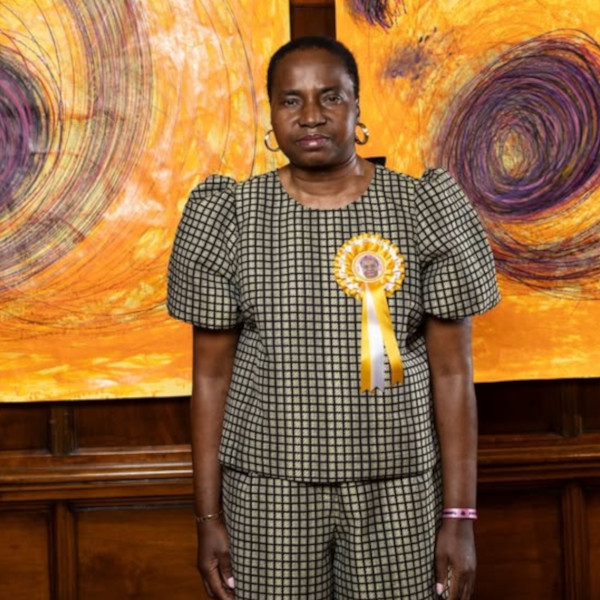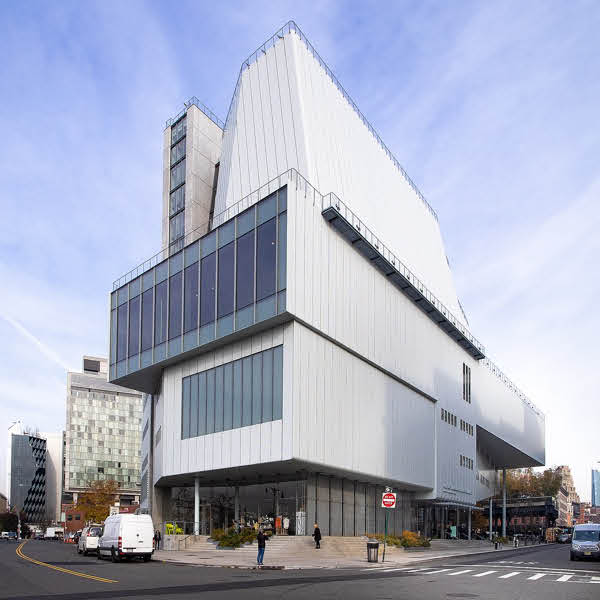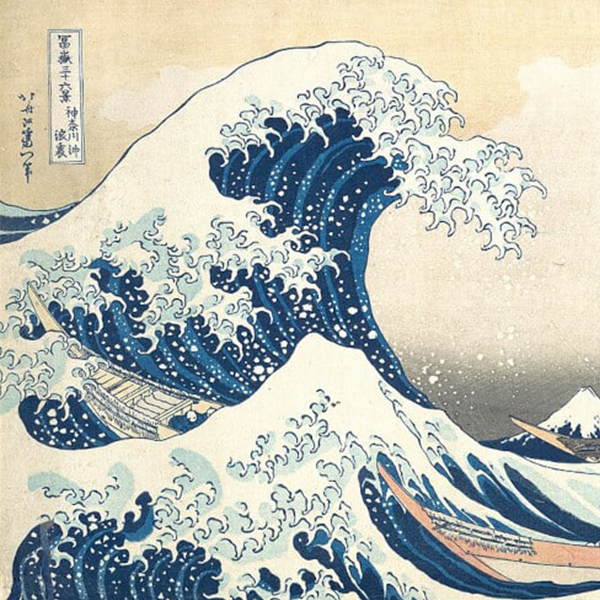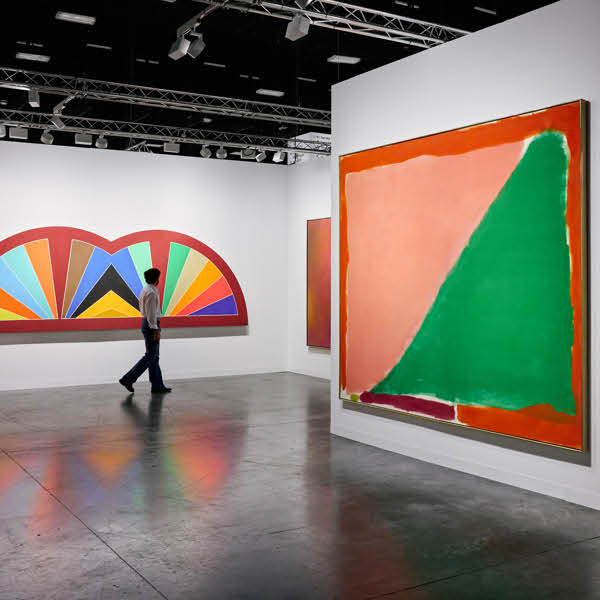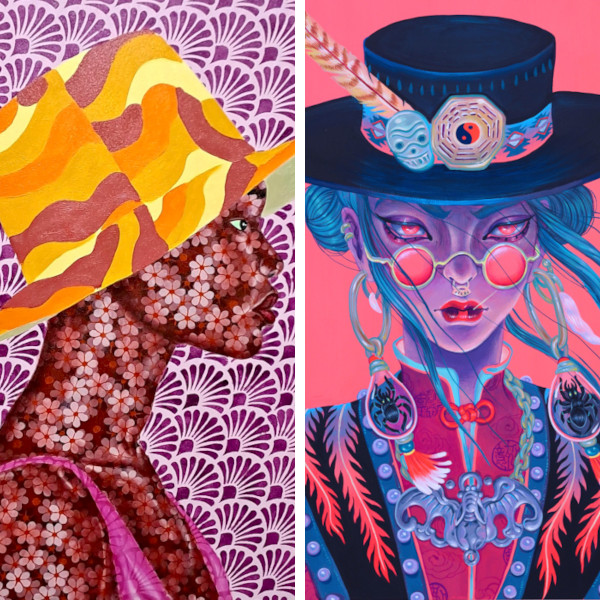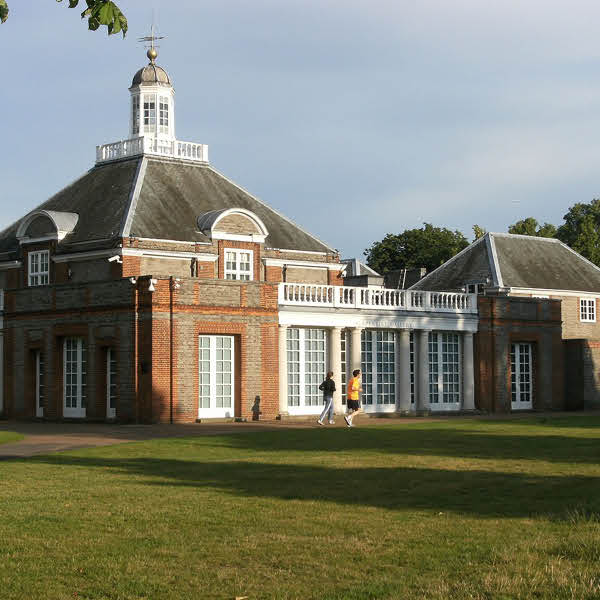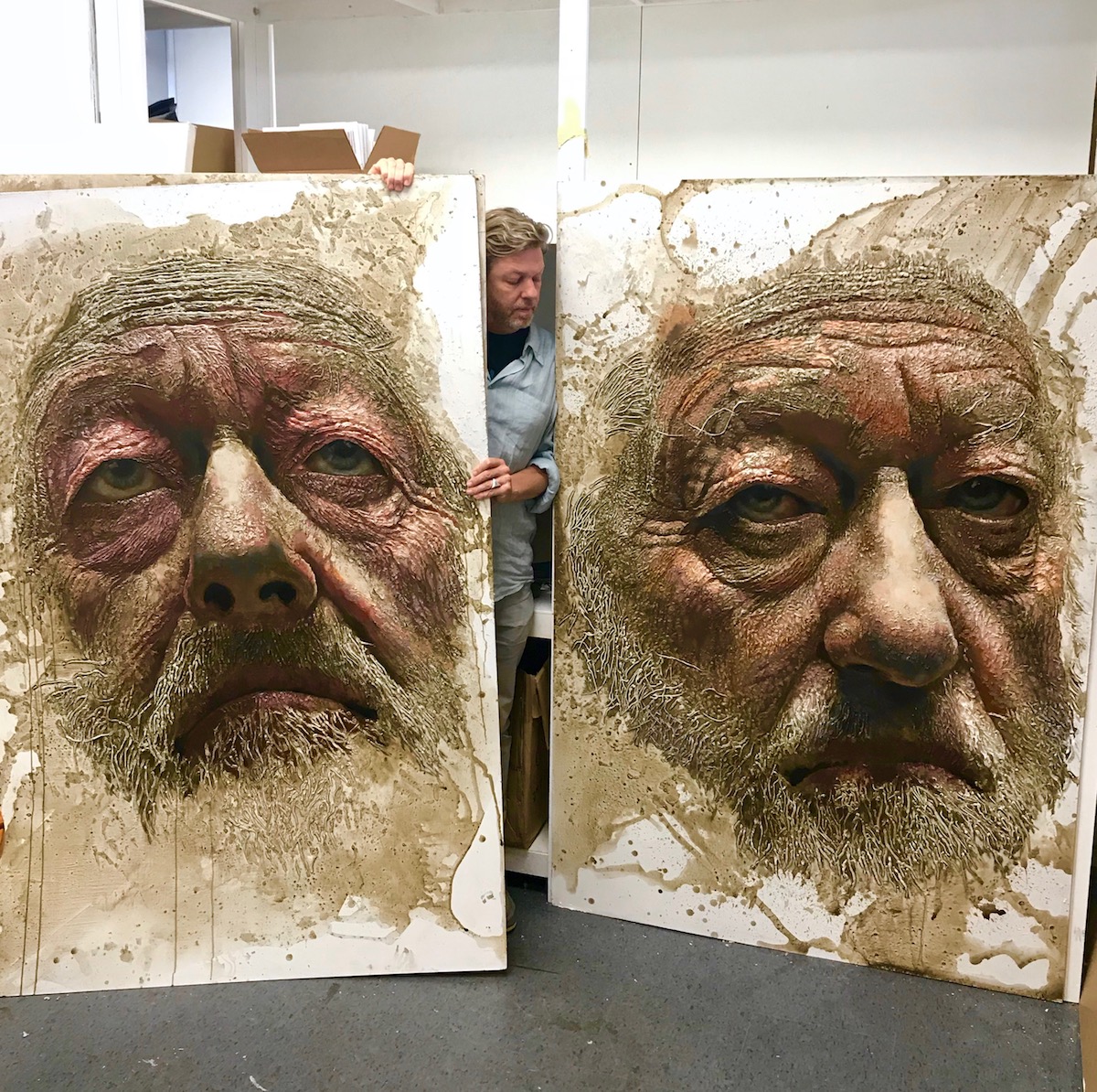
Oftentimes, to see artwork up close and from afar is to see two entirely different pieces. Canadian artist Michael Goodson explores this effect in his series of complex, large-scale portraits. Although from afar these masterpieces look incredibly realistic, up close the viewer can see the tactual details of the face molded into layers of acrylic paint and silicone.
“My purpose in painting these is to arrive at a perfect tension between a human presence and absence,” says Goodson. “The paintings are meant to be both a terrain and a sentience, or what we feel is alive or human in a person. The scale allows this tension as the viewer's proximity to the piece transforms their experience of it. If one is directly in front of the piece, it is a geography—the appearance of a collection of mountains and rivers formed by shifting sub-structures, erosion, and various forces and tensions over time. If, however, the viewer sees the image across a room, it is a portrait of what we think of as an individual person.”
To achieve the mesmerizing tactile effect on his canvas, Goodson must layer his painting. First, he develops a pencil sketch of the subject on a 6 x 4 foot masonite. Once completed, Goodson seals the pencil sketch with a layer of “raw umber” acrylic paint to ensure it survives the painting process. Once that layer is dry, Goodson begins to build the geographical features of the face with a mix of silicone and acrylic. To do this, he uses a caulking gun, brushes, and, occasionally, his hands. The goal at this stage is “to describe the geography of the face and to create the flow and directionality of each part.” With the texture in place, Goodson can then apply washes of acrylic paint, which pool and dry in the crevices of the portrait. Finally, the Canadian artist achieves the mesmerizing effect in the skin of his portrait. To make it complete, Goodson layers the subject's eyes with gloss varnish, making it the only smooth, wet surface on the canvas.
When asked about when he decides whether a painting is finished, Goodson says, “My decision to stop is usually less of a decision and more of a desire to try the next thing. I am constantly looking at earlier paintings and seeing things I wish I'd done differently, but I resist the temptation to go back and alter something and instead take the new ideas for improvement or experimentation and add them to the catalog of voices for the next project.”
Michael Goodson works primarily on commission. To keep up to date with his newest portraits you can visit his Instagram.
Canadian artist Michael Goodson explores the geography of the face with his large, tactile portraits.
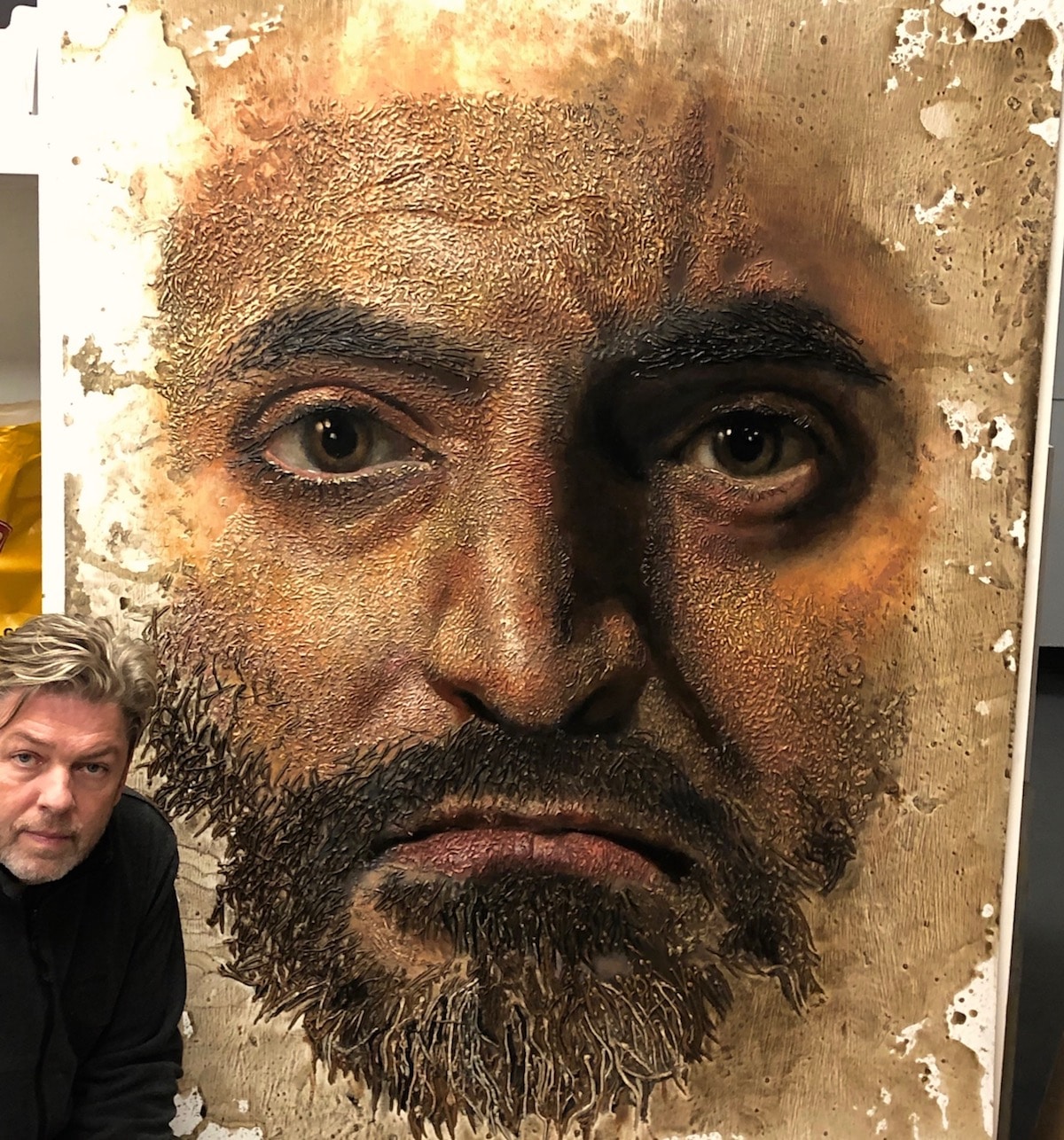
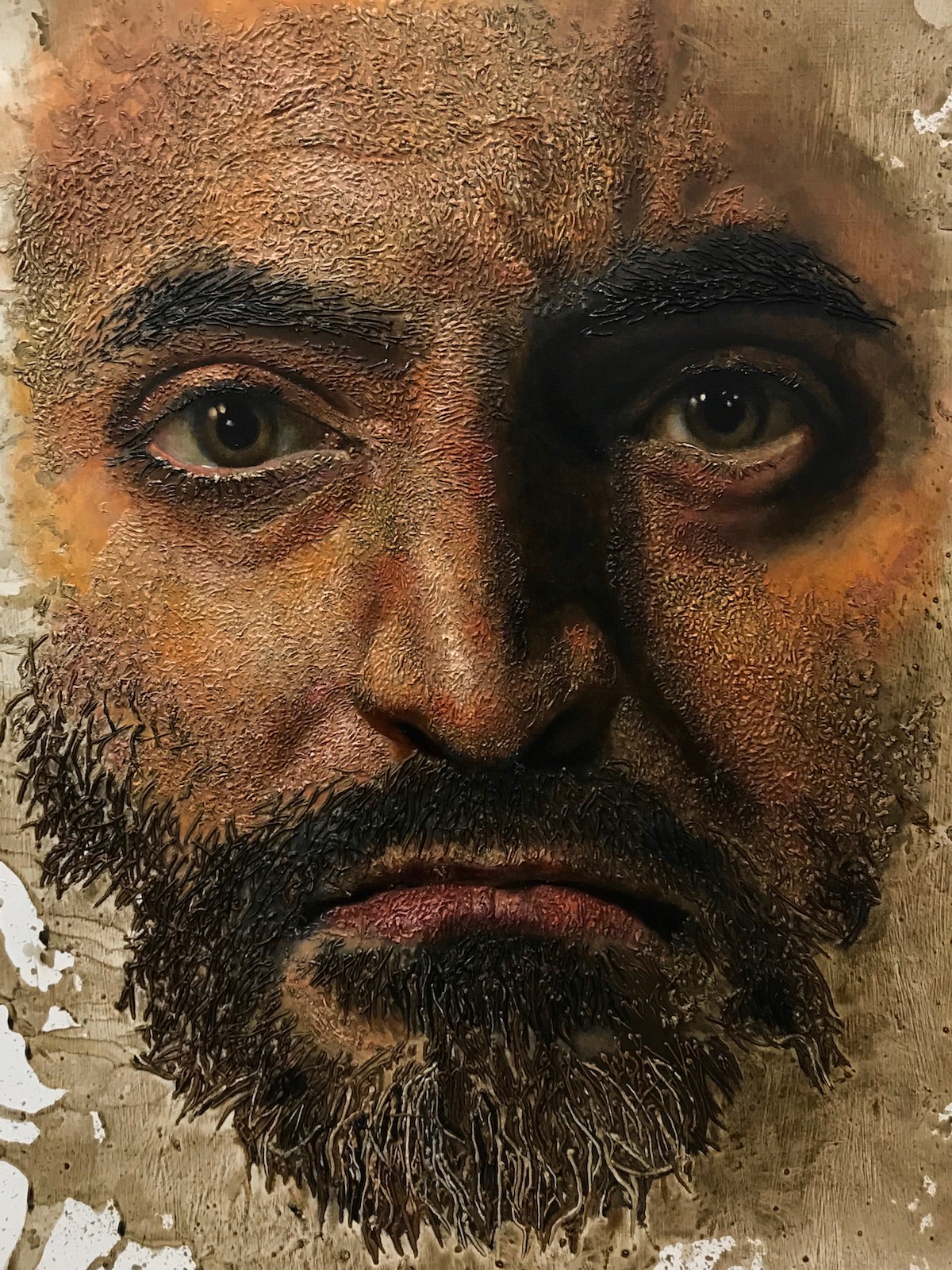
Goodson uses layers of acrylic and silicone to create the “flow and directionality” in his paintings.
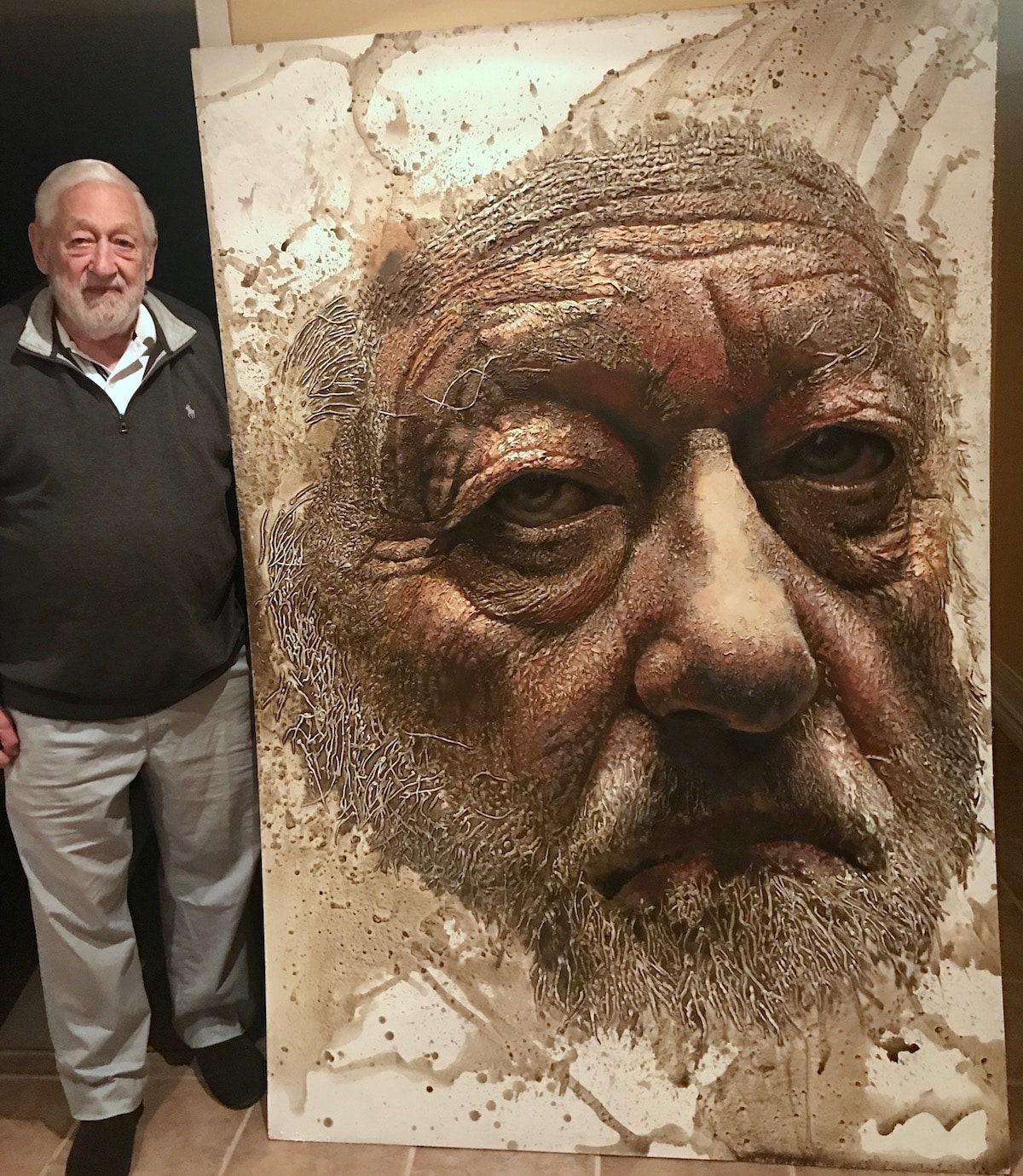
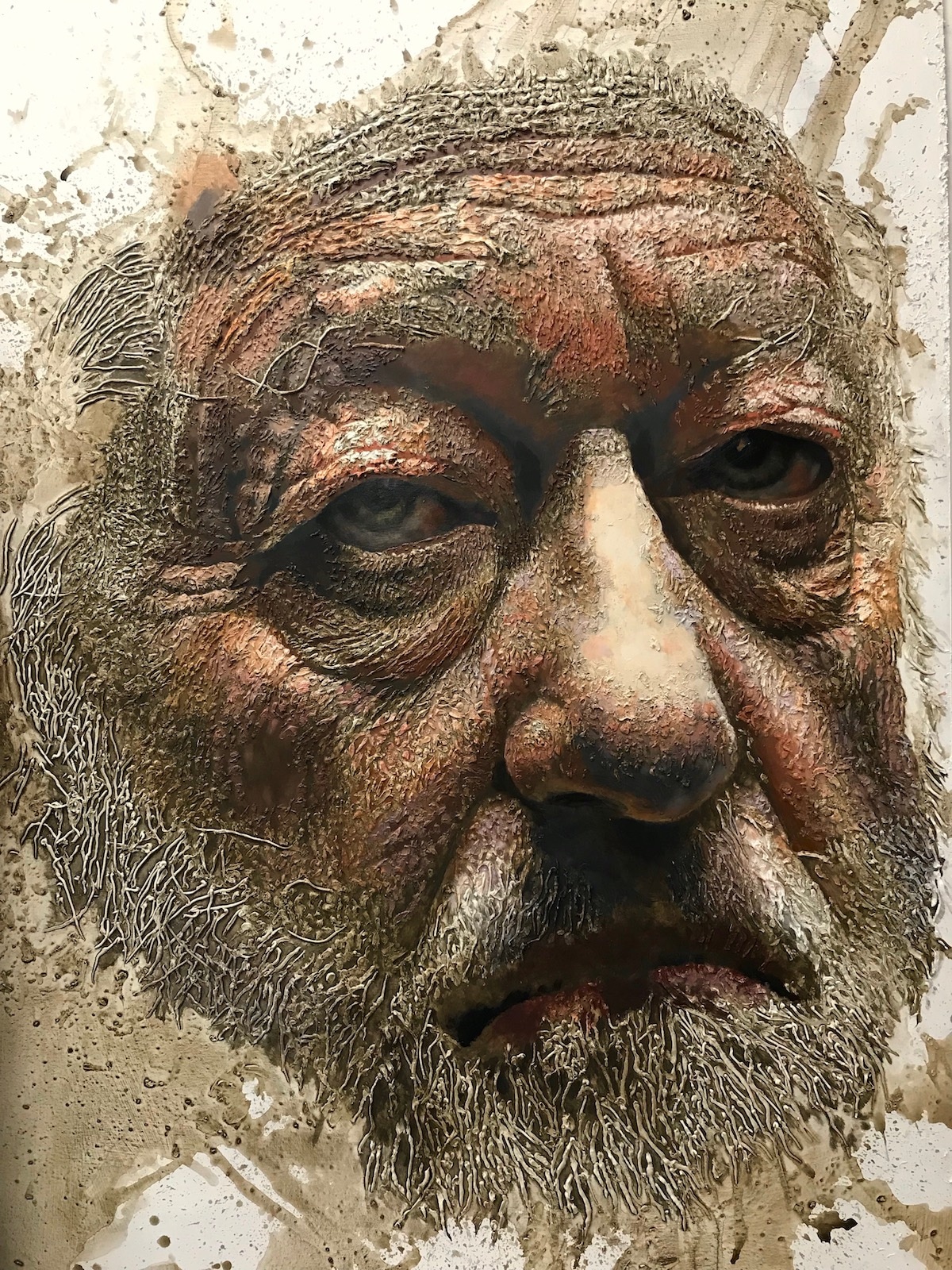
He then adds washes of paint that pool and dry in the crevices of the reliefs made on the canvas.
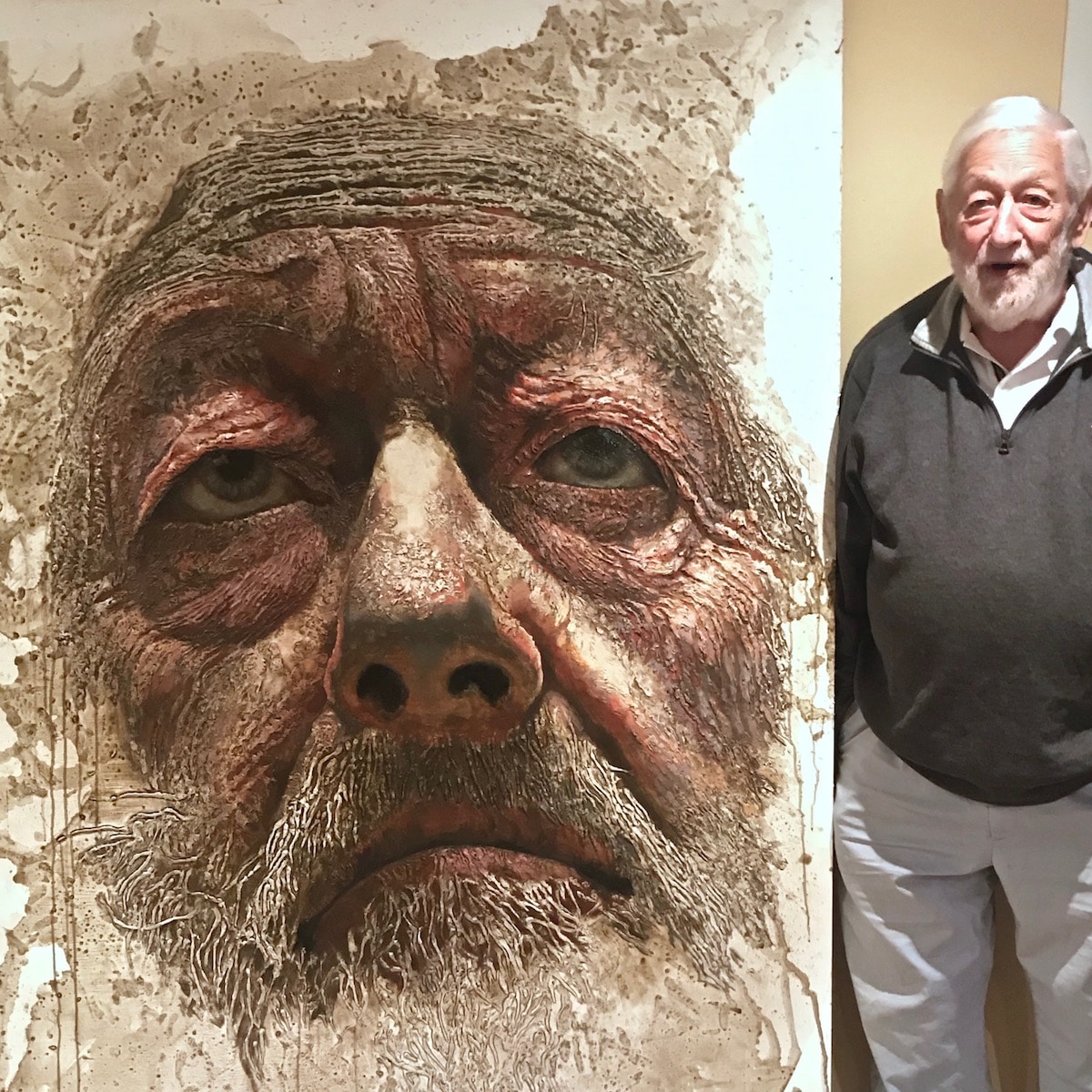
From far away Goodson's works are realistic portraits, and up close, they resemble complex topographical maps.
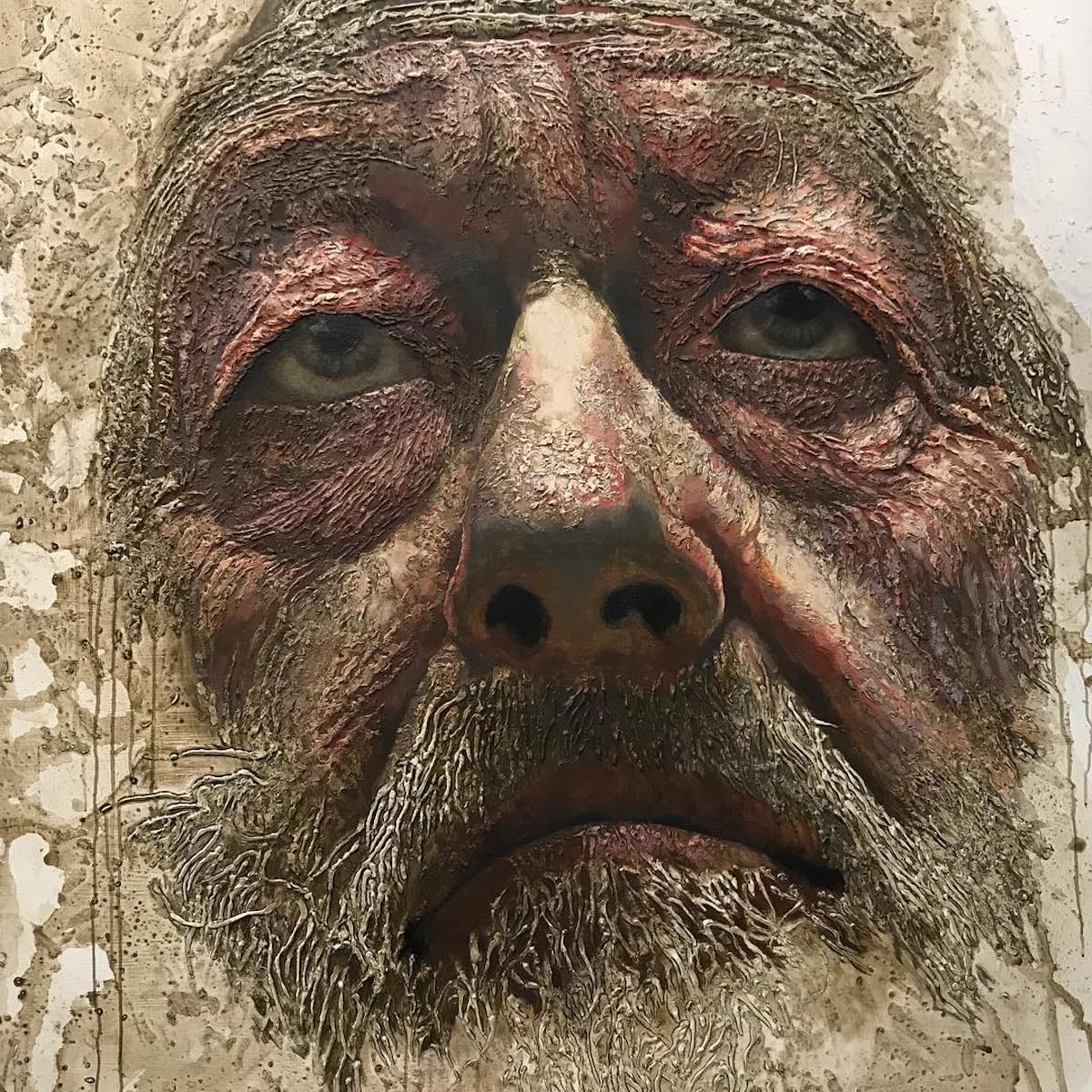


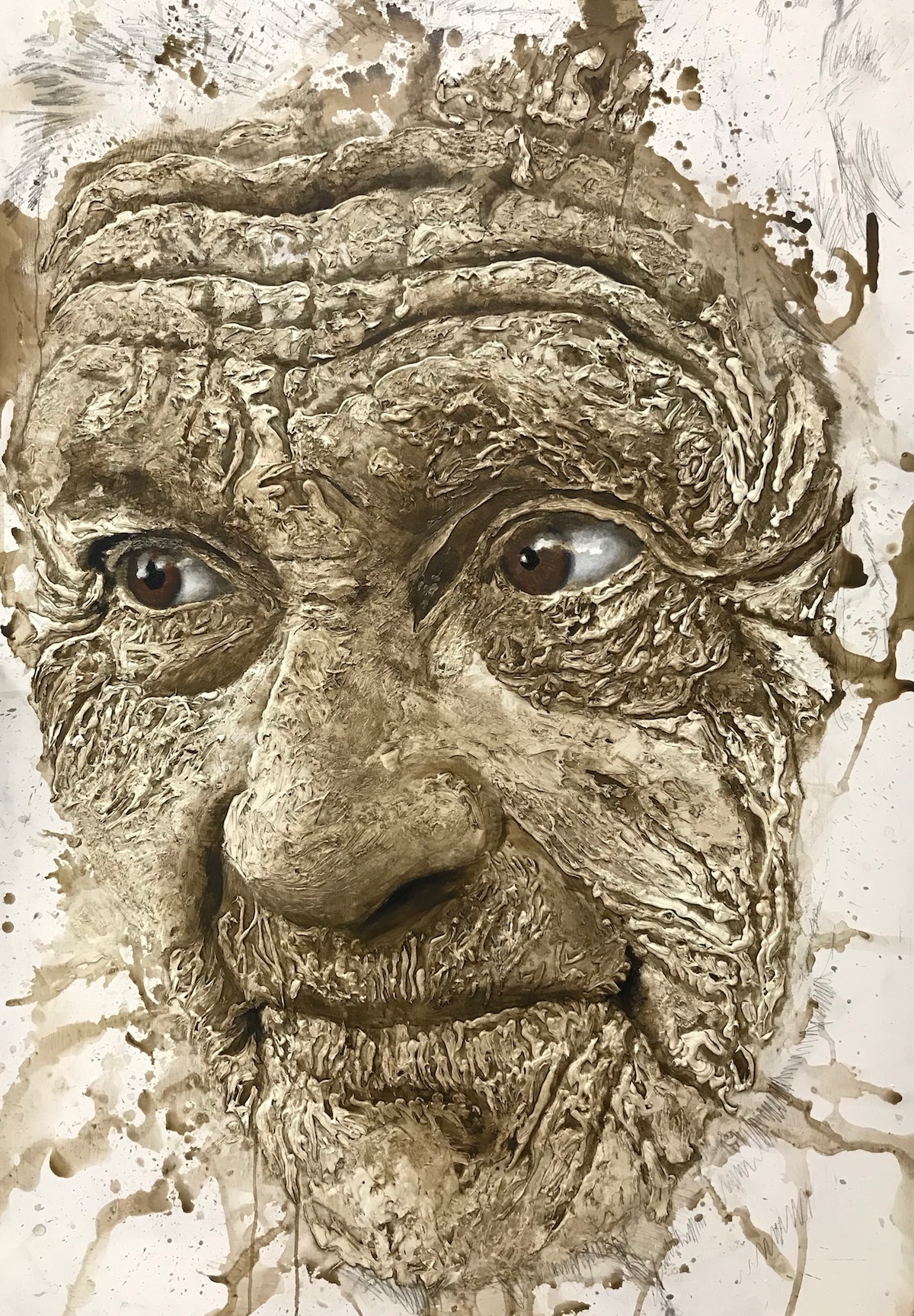
Michael Goodson: Website | Instagram
My Modern Met granted permission to feature photos by Michael Goodson.
Related Articles:
Artist Reimagines Famous Artwork from the Past as Exquisite Hyperrealistic Portraits
Interview: Artist Creates Beautiful Baroque-Inspired Paintings with Intentionally Imperfect Details
A Detailed Look at Bernini’s Most Dramatically Lifelike Marble Sculpture













































































